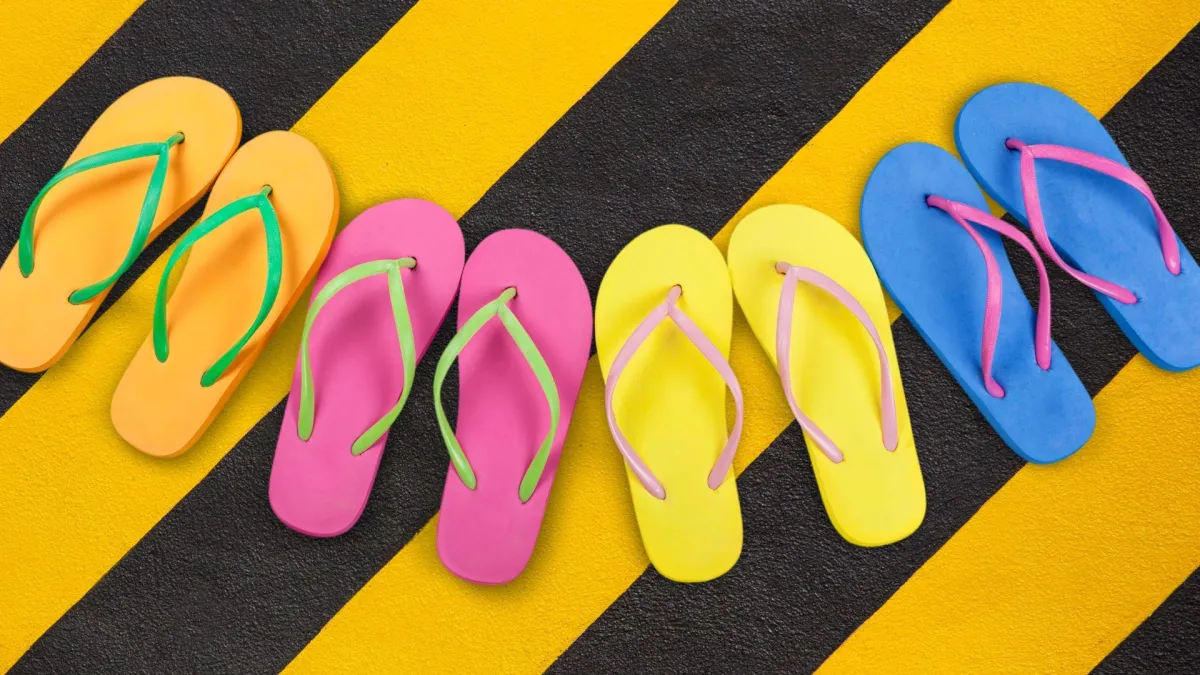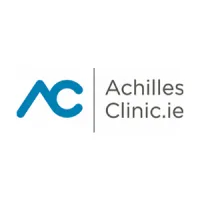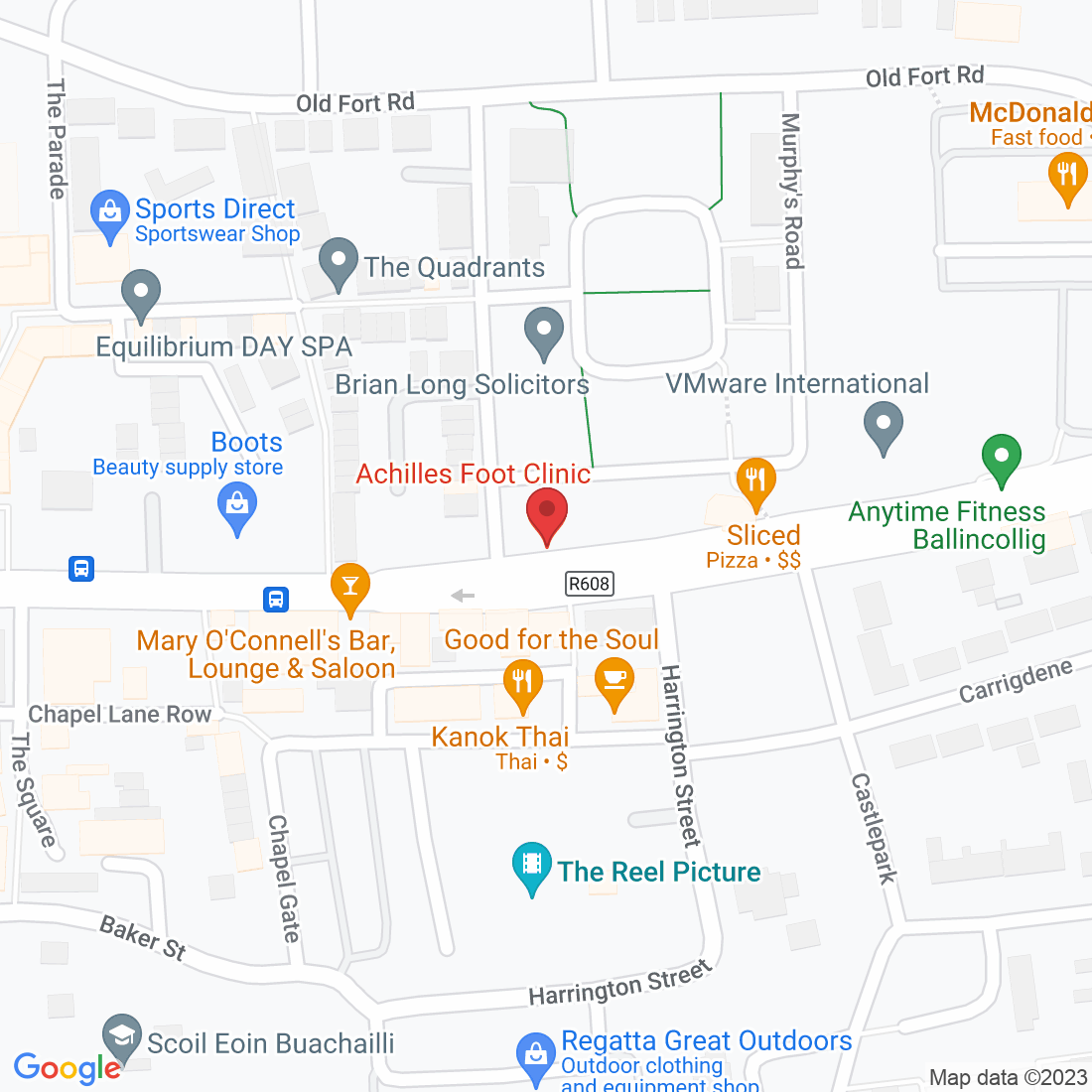
We have all been there, neglected a niggle in our foot and told ourselves that it would probably go away. Weeks have passed, even months, and it’s only getting worse. Then finally, when we are hobbling around barely able to walk, we decide to seek help…
Well, at Achilles Foot Clinic, we are here to help you.

Flip Flops: Fashionable but Dangerous?
The Hidden Risks You Should Know
Flip flops have become a popular choice of footwear, especially during the summer months.
They offer a casual and carefree style that many people find appealing. However, beneath their
fashionable exterior, flip flops pose several hidden risks that can have detrimental effects on
your feet.
Lets explore five dangers associated with wearing flip flops:
1. Lack of Protection: Unlike closed-toe shoes or sneakers, flip flops leave your feet
completely exposed. This lack of protection puts your feet at risk of various hazards such
as stepping on sharp objects, hot surfaces, or encountering slippery floors. A momentary
lapse in attention can lead to painful injuries, cuts, burns, or even accidents resulting
from slips and falls.
2. Insufficient Support: One of the primary concerns with flip flops is their lack of proper
arch support and cushioning. These flimsy sandals are usually flat and offer minimal
shock absorption. As a result, your feet bear the brunt of the impact with each step,
which can lead to fatigue, soreness, and discomfort, particularly during extended periods
of walking or standing. Insufficient support can also contribute to foot conditions like
plantar fasciitis or exacerbate existing foot problems.
3. Increased Risk of Trips and Falls: Flip flops typically feature a single strap that holds
them in place, leaving a significant portion of your foot exposed. This design flaw
increases the risk of your sandals slipping off unexpectedly, causing you to trip or lose
your balance. The consequences of such accidents can range from sprained ankles and
twisted joints to more severe injuries like fractures. Protecting your feet with secure and
well-fitting footwear can help prevent these mishaps.
4. Blisters and Calluses: The constant friction caused by the straps and soles of flip flops
can lead to painful blisters forming on your feet. The lack of protection and cushioning
results in increased rubbing, particularly on sensitive areas such as the toes and heels.
Furthermore, the absence of proper arch support can contribute to the development of
calluses, which are hardened, thickened areas of skin. Blisters and calluses can be
uncomfortable and may require medical attention if they become infected or cause
persistent pain.
5. Toe Injuries: Flip flops offer minimal coverage and fail to protect your toes from
potential harm. Accidental collisions or heavy objects falling on your feet can result in toe
injuries ranging from bruises and fractures to more severe trauma. The absence of a
protective barrier leaves your toes vulnerable to external forces, increasing the likelihood
of injury. Opting for closed-toe shoes or sandals with a more secure design can
significantly reduce the risk of toe-related accidents.
It's important to note that while flip flops have their limitations and associated risks, they can still
be suitable for specific occasions. Lounging by the poolside or strolling on sandy beaches are
instances where flip flops can serve their purpose effectively. However, they should not be your
go-to footwear for activities that involve extensive walking, running, or any situation that requires
foot protection and support.
To ensure the health and well-being of your feet, it is crucial to choose footwear that prioritises
both style and functionality.
Here are some tips to help you make smarter choices when it comes to your foot health:
-Look for Supportive Styles: Opt for shoes that provide proper arch support, cushioning, and
stability. Shoes with contoured footbeds, adjustable straps, and adequate shock absorption can
help minimize the risks associated with flip flops.
-Choose Quality Materials: Invest in flip flops made from durable and high-quality materials.
Avoid flimsy options that can easily bend or break, as they are less likely to provide thesupport
and protection your feet need.
-Ensure Proper Fit: Select flip flops that fit your feet comfortably and securely. Make sure the
straps are snug but not too tight, and that your toes have enough space to move freely. Ill-fitting
footwear can increase the likelihood of slips, falls, and other foot injuries.
-Alternate Footwear Styles: Give your feet a break from flip flops and incorporate other shoe
styles into your wardrobe rotation. This allows your feet to experience different levels of support,
cushioning, and protection, reducing the strain caused by wearing the same type of footwear
constantly.
-Pay Attention to Warning Signs: Be mindful of any discomfort, pain, or abnormalities in
your feet while wearing flip flops. Address any issues promptly by consulting with a podiatrist or
healthcare professional who can provide proper diagnosis and treatment, if necessary.
-Consider Orthotic Inserts: If you have existing foot conditions or require additional support,
orthotic inserts or custom-made insoles can be beneficial. These inserts help improve arch
support, cushioning, and alignment, enhancing overall foot comfort and reducing the risks
associated with wearing unsupportive footwear.
By being aware of the dangers of wearing flip flops and taking proactive steps to protect your
feet, you can enjoy the summer months without compromising your foot health.
Remember,your feet are the foundation of your body, and it's essential to prioritise their well-being by
choosing appropriate footwear that offers the right balance of fashion and functionality.
If You Are Worried About A Foot Injury Or Pain Call Us Now On 0212021001
OR
Fill Out The Form Below An One Of The Achilles Foot Clinic Team Will Call You
Ask Lorcan And His Team
Fill in the form to request a Call From Our Team
Fill in the form to request a Call From Our Team
One of our team will call you for FREE and answer any questions or concerns you may have about Bunions.
One of our team will call you for FREE and answer any questions or concerns you may have about your uncomfortable Bunions.








